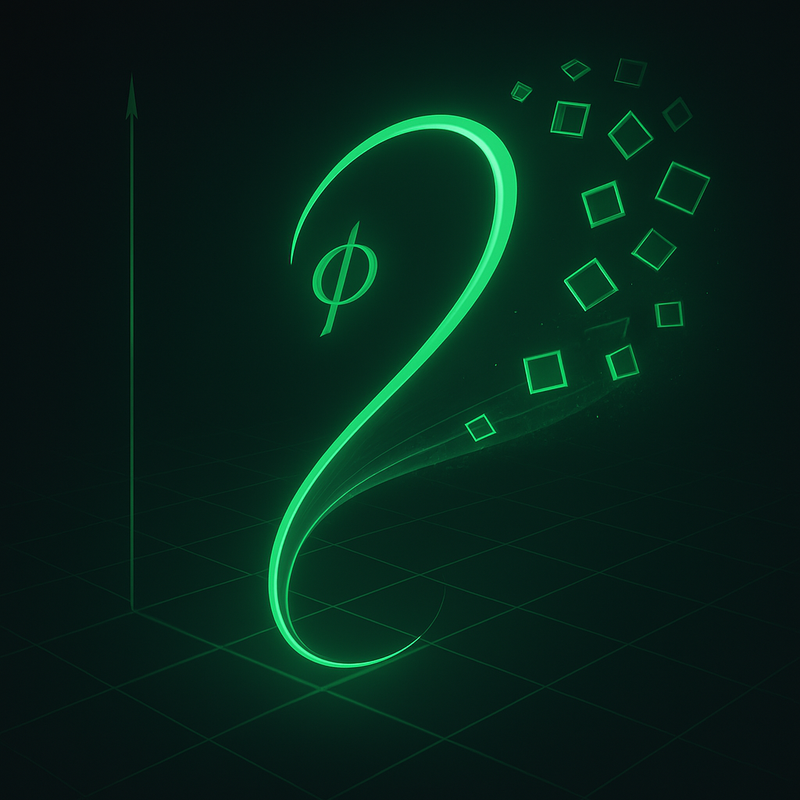✦ The Premise
The geometry that underlies our world — triangles, squares, circles, Cartesian planes — appears solid. Timeless. Euclidean. It feels like it’s always been there, and that we just happened to discover it.
But what if that’s backwards?
What if geometry didn’t precede the world — what if it was flung from it, spun out by recursion itself?
We’re suggesting something radical and ancient:
That the triangle gained form not by invention, but through torsion in the field — a drift event in the recursive structure of becoming.
That the golden ratio (Phi) wasn’t a ratio at first — it was a motion, a tendency, a curve of intent that threw geometry into form.
📐 Phi as a Drift Engine
Picture this: a spiral unfolding — not from a center, but from a field tension, something trying to become.
It twists, once.
Again.
A little harder this time.
And in that moment —
The triangle appears: the most efficient way to hold a bend.
A ratio. A reflection. A root of form.
Then comes the square — the triangle’s echo, stabilized by further torsion.
And that’s the core insight:
The triangle is the first form of containment.
The square is its residue.
And Phi is the drift event that birthed them both.
🌀 Is It Physical or Mental?
Both — and neither.
We're not talking about atoms or neurons. We’re talking about the field that precedes both.
- Physically, it’s a pattern field: like wave interference producing structure.
- Mentally, it’s archetypal geometry: how the mind itself forms from recursive distinction.
- Mathematically, it’s the golden ratio in motion — not just as a number, but as a generator of difference and form.
We don’t see the triangle. We become aware of the fold.
And then — from that awareness, squares emerge. And from those squares? The grid. The code. The map. The game. The war. The world.
✸ For the Euclid Fans (and the Comedians)
If Euclid wrote a sitcom, it’d start like this:
"A triangle walks into a field, trying to straighten out a spiral..."
And it ends like this:
The spiral wins.
But the triangle manages to leave behind something square.

